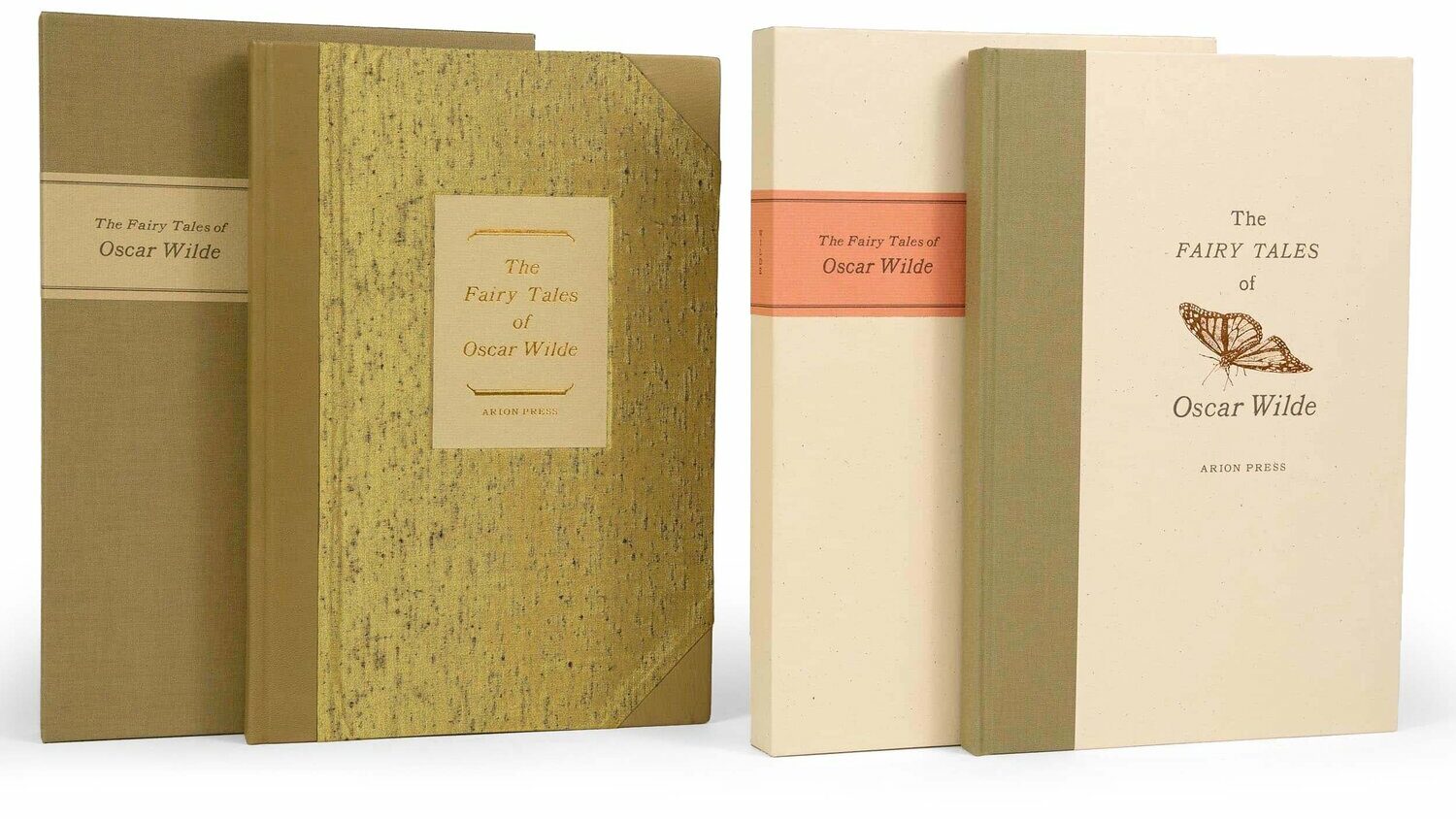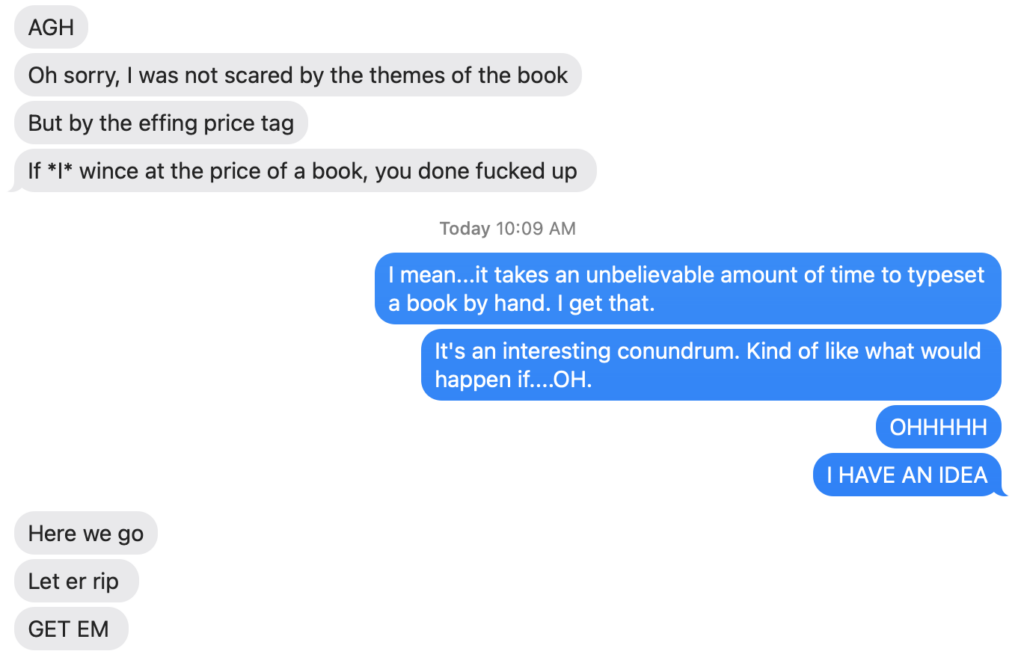(All these quotes are from A Handbook of Disappointed Fate, Boyer’s collection of essays on poetry, illness, avant-garde creative movements, mutual aid, reading, and crushes.)
After I got sick in late summer 2014, I followed U.S. poetry only from afar, as if walking by a shop window and glancing at it through a glass, even the most necessary uproar too expensive to my health for me to even think of buying […]
This rang so true to how these last two years have changed my relationship to the comics industry—a space I never felt particularly enmeshed in to begin with. Every discussion of online drama or publishing upset or new technology costs far more than I have capacity or inclination to spend. A relief, in some ways, to have that decision taken away from me.
My time in the time of illness has been unmeasurable or ir-measured or a-measured. Yet despite how this time can no longer steadily or predictably submit itself to clocks and calendars, for survival’s sake I still have to try to measure it.
Underlined this because I’m doing my annual workbook on the couch right now, surrounded by a corona of calendar pages and journals and sketchbooks, trying to piece together the fragments of a lost year.
The harm can be studied like anything, every wept tear a textbook, every minute of shallow breathing a monograph, seven hours and fourteen minutes of a sleepless night a textbook a tedious-to-read but potentially useful dissertation on having existed.
It is not as if what is true, right, urgent, and necessary is a light, and what is harm is the darkness. They are both darkness: they are both lights.
yes yes yes yes
15. There will be a lot of sewing last year’s fragments with this year’s threads.
And also:
Poetry is revenge porn against the self by the self.
And finally:
As grim as reading has been for me, reading is not only the private amplification of the human worst. Reading is not merely escapism and militant solitude and everything shirked–that is, reading is not an act exclusive to words and books–and a person can also read the patterns of migrating birds or the lines in a soon-to-be-lover’s palm or the buds of oak trees or the damaged look in an eye or the danger headed this way or the people amassed in the streets. The world existed before books, and it always exists outside of them, and how a person should read is how a person must read, which is at least in duplicate, both always in this world and looking for another.
💛


